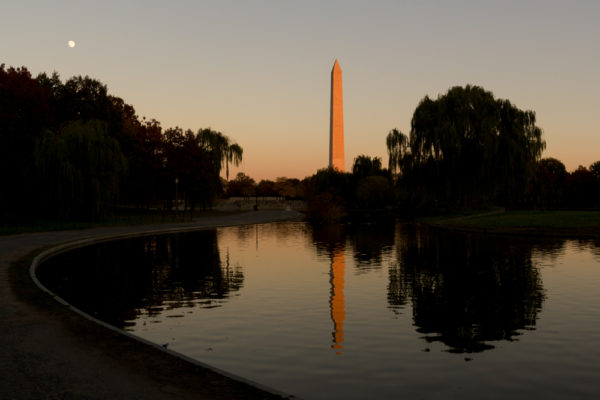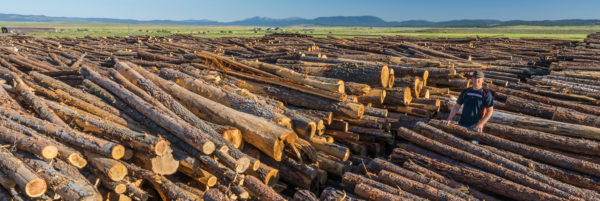

Home
Mass Timber Rising
Sustainable Forests
Tall Wood – Low Carbon
Fuels to Frame
About
Sustainable Forests
The promise of mass timber lies in using our forests to construct tall wood buildings that displace carbon-intensive building materials. By switching to wood, we can store carbon in buildings while leaving fossil carbon in the ground. But is it sustainable? The northwest states of Oregon and Washington are top lumber producing states and are home to the country’s most impressive stores of forest carbon.
Who Owns the Forest?

Who Owns the Forest?
Forest ownership has a big impact on how that forest is managed. Understanding the mass timber industry means knowing where the wood comes from. As the mass timber industry grows, the question of where wood supply will come from also grows. Both Oregon and Washington are about half forested with the federal government managing large areas. While private forests only account for a quarter of the land, they provide three-quarters of the harvested volume.
Stable and Growing Carbon Pools

Stable and Growing Carbon Pools
The promise of mass timber comes from using our forests to construct beautiful tall wood buildings that displace concrete, steel, and other fossil carbon-based building products. By switching to wood, we can store carbon in cities while leaving fossil carbon in the ground. But, it only makes sense if forests and the carbon they store is stable or increasing. If we are losing forests without replacing them, that would decrease the benefits of building more with wood.
Threats to Forests – Deforestation

Threats to Forests – Deforestation
The rise of mass timber construction as a climate mitigation strategy places greater emphasis on the role and health of forests. At a basic level, it prompts questions. If forests are so valuable for carbon, then why are we cutting them down? Could that lead to negative outcomes, such as deforestation? In fact, the opposite is true. Increased demand for wood products provides incentives for private landowners and a revenue stream which helps keep forests as forests.
Rules and Regs

Rules and Regs
The interest in mass timber construction as a climate solution highlights the importance of forest management. Contrary to what some would have you believe, management of privately owned forest in Oregon, Washington and California is highly regulated. It is not the wild wild west; it is a codified regulatory system that includes formalized education, monitoring, fines and civil penalties.
Market Forces – Friend or Foe?

Market Forces – Friend or Foe?
Many celebrate this rise in demand for mass timber. However, some may be concerned about the impact of new demand on the region’s forests. How does growth of mass timber impact forest sustainability? What should we think about this new source of demand? It is helpful to place this new demand within the framework of the regional timber supply.
